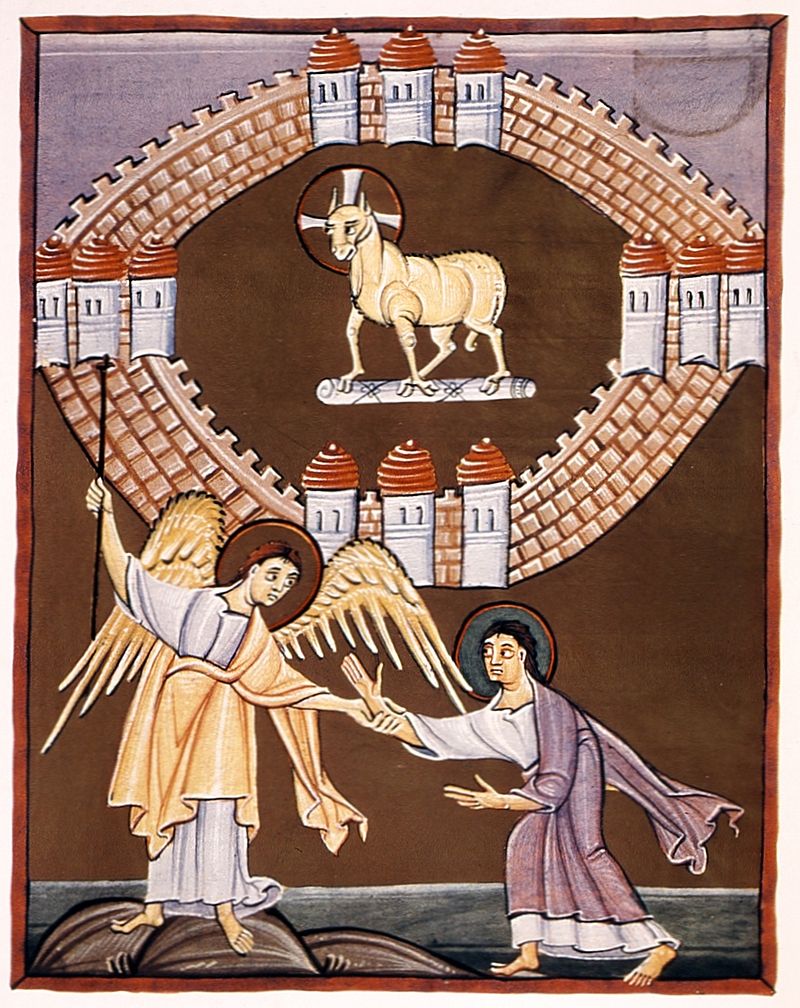Blog
“The City from Heaven”
Categories: Bulletin Articles, M. W. Bassford
Our final Bible reading in the New Testament, Revelation 21 and 22, contains a great deal of imagery that is familiar to us from the songs that we sing. Here, we find the street of gold, the river of life, the trees that bear fruit every month, and a city where there is no night because it is illuminated by God and the Lamb. When we read these images, we immediately associate them with heaven because that's what our hymns do.
However, on their own terms, the last two chapters of Revelation are not about heaven. This comes as a shock to many Christians, but it is plain on the face of the text. In Revelation 21:1-2, the actual state of affairs is described. The first heaven and the first earth are destroyed, along with the sea, signifying the end of the Hebrew cosmos. They are replaced with a new heaven and a new earth.
Into this new cosmos descends a city from heaven. The city is described as the holy city, the new Jerusalem, a city prepared like a bride adorned for her husband. A very similar description of this city appears in Revelation 21:10. Once again, John makes clear that this is a city coming from heaven.
This city is the subject of most of the rest of the book. It is the city with 12 gates, 12 foundations, and walls built of precious stones. Everything else in the city is made of gold. In this city there is no night, the throne of God is in its center, and the river of the water of life flows from that throne. The tree of life flourishes along the banks of the river. Here, the people of God will reign along with Him forever and ever.
Certainly, there is considerable dispute about the nature of this city. Some believe that it represents the victorious church. Others, myself included, think that it describes the eternal reward of the faithful. However, never once does John call it “heaven”.
As always, John's words here ought to be taken seriously but not literally. Because we live in the present creation, we have no way of comprehending what the future creation will be like. Nonetheless, the glorious imagery that John uses helps us to appreciate the glory that awaits us.
I wish that the authors of our hymns about heaven had been more careful with their language. Interestingly, the greatest of our hymns about the life to come, “There Is a Habitation”, never once describes the holy city as heaven. The author of the hymn was a 19th-century gospel preacher named Love H. Jameson. He clearly knew his Bible well, and all of his descriptions of our future home are easily justifiable from Scripture.
Even now, I don't mind singing about the streets of gold in heaven. I think we should sing with longing for our future home, and I am willing to use “heaven” accommodatively to get the point across. However, as we sing, we should remember that the Bible itself says something different.






